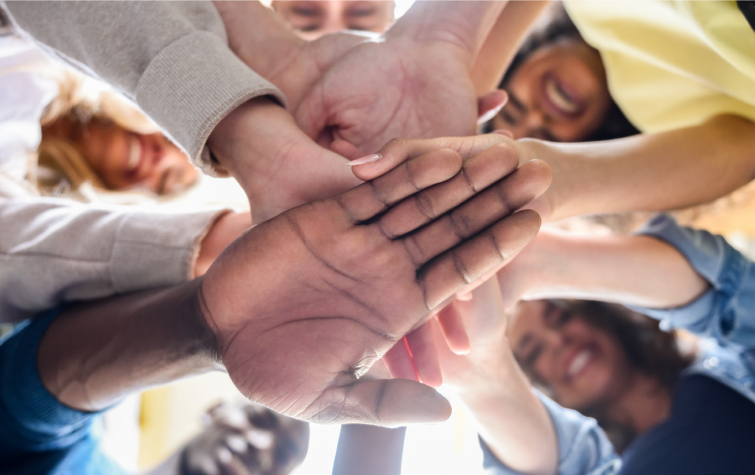Lead end user
What if an earthquake hit central Adelaide? A major flood on the Yarra River through Melbourne? A bushfire on the slopes of Mount Wellington over Hobart?
‘What if?’ scenario modelling through this project is helping government, planning authorities and emergency service agencies think through the costs and consequences of various options on preparing for major disasters on their infrastructure and natural environments and how these might change into the future.
The research is based on the premise that to reduce both the risk and cost of natural disasters, an integrated approach is needed to consider multiple hazards and a range of mitigation options.
Current government spending on natural disaster response is more than 20 times the spending on preparedness. Many climate-related natural hazards are increasing, along with the number of people living in hazard-prone areas. Large natural disasters also cross domains, moving from the private to the public realm, and shifting from a local, to a state or national concern. This raises the potential of future, unmanaged risks.
This project mapped a broad range of economic, social and environmental values and related them to natural hazards across several case studies. It explored who owns these values and what happens when they cross domains, as well as how a range of alternative strategies may contribute to improved resilience by sustaining economic, social and environmental values in a changing environment.
This project developed an index of the current state of disaster resilience in Australian communities – the Australian Disaster Resilience Index. The Index is a tool for assessing the resilience of communities to natural hazards at a large scale and is designed to provide input into macro-level policy, strategic planning and community engagement activities at national, state and local government levels.
Deliverables include the development of disaster resilience indicators, maps of disaster resilience at multiples scales, a State of Disaster Resilience Report, and examples that use the Index in a natural hazard resilience planning context.




